Wood pellet fuels are an awesome choice for heating your home. They're clean, efficient, and produce less ash than traditional wood, making cleanup a breeze. Plus, you get that cozy, warm feeling without having to chop your own firewood!
Wood Pellet Fuels
Efficient and eco-friendly heating solutions for a cozy home
Product List
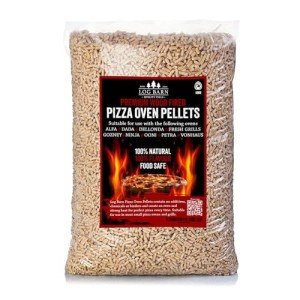
Charcoal Box for Tandoori Events
Log-Delivery
Product Review Score
4.86 out of 5 stars
228 reviews$17.03
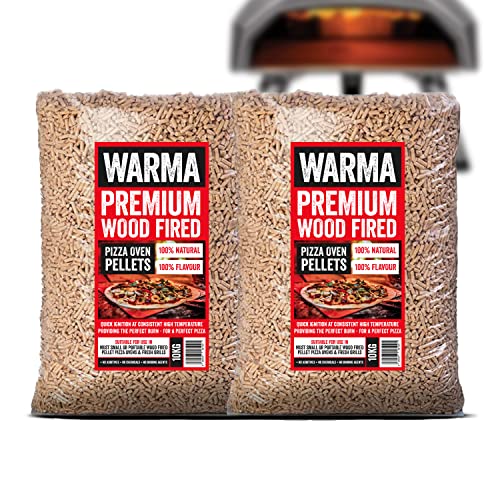
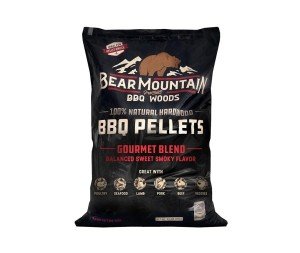
Premium BBQ Hardwood Pellets
Bear Mountain Premium Bbq Woods
Product Review Score
4.53 out of 5 stars
56 reviews$8.69
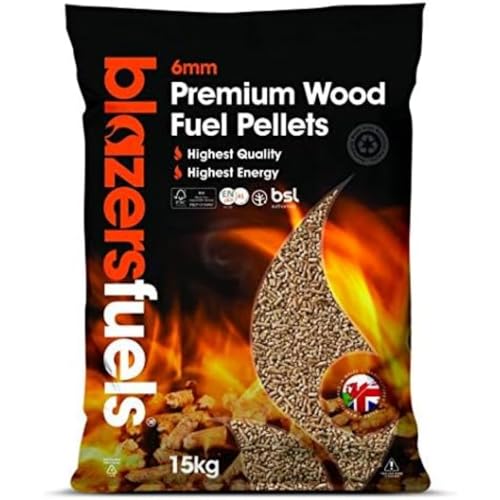
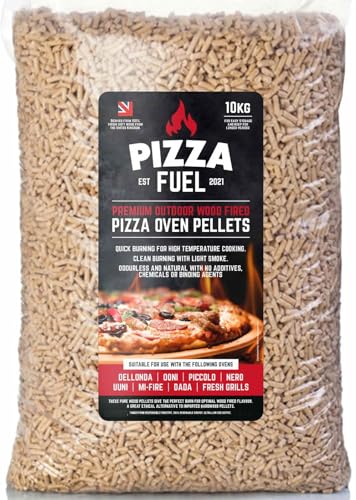
Vivo Ooni Wood Pellets
Vivo Technologies
Product Review Score
4.87 out of 5 stars
218 reviews$23.74
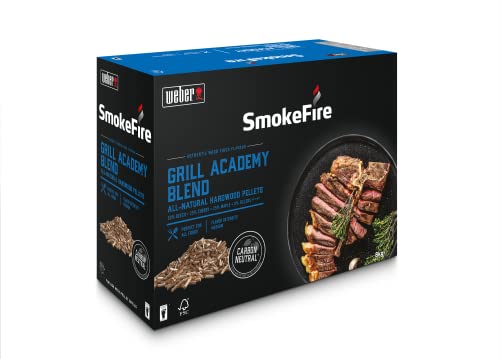

Mix Perfetto Cooking Pellets
Cookinpellets
Product Review Score
4.49 out of 5 stars
230 reviews$37.99

Platinum Plus 6mm Wood Pellets
Platinum Plus Pellets
Product Review Score
4.21 out of 5 stars
135 reviews$15.72
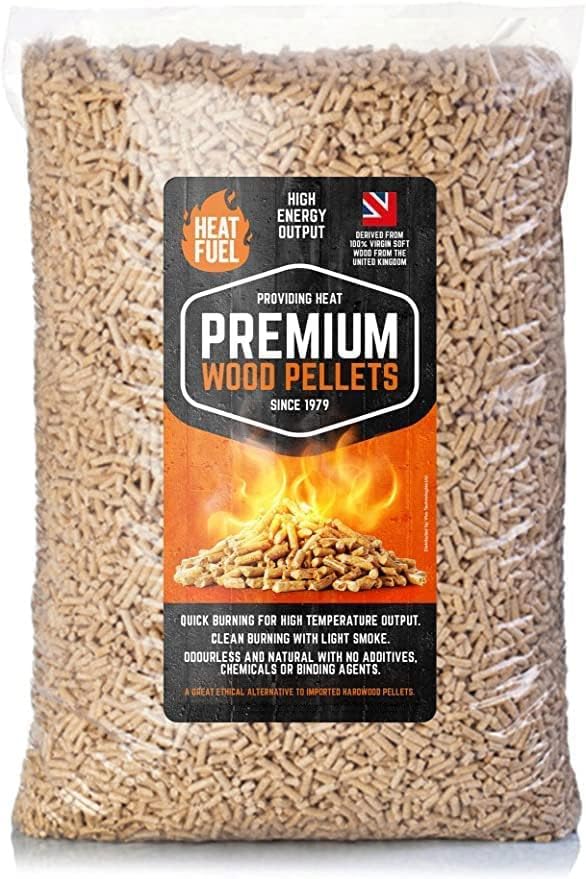
Odorless 10kg Wood Pellets
Vivo Technologies
Product Review Score
4.1 out of 5 stars
177 reviews$19.98

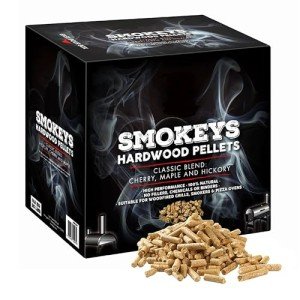
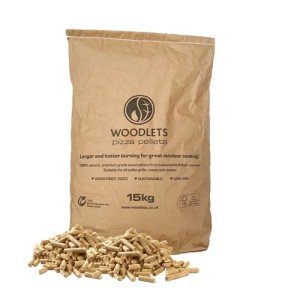
In an era where the world grapples with climate change and seeks greener alternatives to traditional fossil fuels, wood pellet fuels have emerged as a promising and sustainable energy source. With a growing commitment to reducing carbon footprints, individuals and businesses alike are turning to wood pellets as an eco-friendly option for heating and energy generation. This blog post delves into what wood pellet fuels are, their benefits, usage, and frequently asked questions.
What Are Wood Pellet Fuels?
Wood pellets are small, cylindrical pieces of compressed wood, typically made from sawdust and wood shavings. The manufacturing process involves drying the raw materials and applying high pressure to form dense pellets, which are generally 6 to 8 millimeters in diameter and 10 to 40 millimeters in length. These pellets are commonly used in residential heating systems and for generating electricity in power plants.
Table 1: Composition of Wood Pellets
| Component | Percentage (%) |
|---|---|
| Carbon | 50-55 |
| Oxygen | 43-46 |
| Hydrogen | 5-6 |
| Ash | 0.5-1 |
| Volatile Compounds | 15-25 |
Benefits of Wood Pellet Fuels
The appeal of wood pellet fuels lies in their numerous benefits:
1. Renewable Resource
Wood pellets are produced from sustainable sources, predominantly wood waste. As trees can be replanted, they provide a renewable energy source that mitigates the depletion of fossil fuels.
2. Reduced Carbon Emissions
When burned, wood pellets can release significantly lower amounts of carbon dioxide compared to fossil fuels. Although combustion does release carbon, the growth of trees captures carbon dioxide from the atmosphere, thus creating a closed carbon cycle.
3. High Energy Efficiency
Wood pellets have high energy content, typically around 4,600 to 5,000 kcal/kg, making them an efficient source of energy. This efficiency translates into lower fuel costs and less frequent refueling compared to traditional wood logs.
4. Low Ash Production
Wood pellet stoves often produce very little ash compared to other heating methods. This makes maintenance simpler and reduces the environmental impact of disposal.
5. Versatility of Use
Wood pellets are not only used for heating residential and commercial spaces but also find applications in industrial processes and electricity generation. This versatility increases their utility in various sectors.
How Wood Pellets Are Made
The production of wood pellets involves several steps:
- Raw Material Collection: Sourcing sustainable wood waste.
- Drying: Reducing moisture content to a suitable level, typically below 10%.
- Grinding: Grinding the dry wood into fine particles.
- Pelletizing: Pressing fines through a pellet mill to form pellets.
- Cooling and Packaging: Cooling the pellets and packaging them for distribution.
Table 2: Production Process of Wood Pellets
| Step | Description |
|---|---|
| Raw Material Collection | Sourcing wood waste from sawmills and forests |
| Drying | Lowering moisture content to ensure efficient burning |
| Grinding | Reducing size of wood waste to improve pellet quality |
| Pelletizing | Forming pellets using high pressure and heat |
| Cooling and Packaging | Ensuring pellets cool for storage and shipped |
How to Use Wood Pellets
1. Pellet Stoves: Designed for heating spaces, these stoves utilize pellets as fuel. They offer more efficiency compared to conventional wood-burning stoves.
2. Boilers: Larger systems can use wood pellets for heating whole buildings, making them ideal for community or commercial applications.
3. Power Plants: Many facilities are converting to wood pellet biomass to generate electricity, replacing coal as a fuel source.
Table 3: Comparison of Heating Systems
| System Type | Wood Pellets | Natural Gas | Electric |
|---|---|---|---|
| Carbon Emissions (g/kWh) | 15-25 | 350-500 | 0 |
| Efficiency (%) | 85-90 | 80-95 | 100 |
| Cost (GBP/kWh) | 0.08-0.12 | 0.06-0.08 | 0.12-0.15 |
Frequently Asked Questions (FAQs)
1. Are wood pellets environmentally friendly?
Yes, wood pellets are considered environmentally friendly as they are made from renewable resources and can significantly lower carbon emissions compared to fossil fuels.
2. How can I store wood pellets?
Wood pellets should be stored in a dry place to prevent moisture absorption. They can be kept in bags or bins designed specifically for pellet storage.
3. What are the costs associated with using wood pellet fuels?
Costs can vary based on geographical location and supply but are generally competitive with other heating fuels. It's advisable to calculate the total cost per heating unit to make an informed choice.
4. How do I choose the right wood pellet fuel?
It’s important to look for premium-grade pellets that have low ash and moisture content. Certifications such as the Pellet Fuels Institute (PFI) certification can help in selecting high-quality wood pellets.
5. Can I use wood pellets in any stove or boiler?
Not all stoves and boilers are compatible with wood pellets. Ensure that your appliance is designed for use with pellets or has a conversion option.
Wood pellet fuels represent a sustainable, efficient, and versatile option for heating and energy generation in modern society. As the world continues to seek ways to reduce carbon emissions and embrace renewable energy sources, wood pellets will likely play an increasingly vital role. Understanding their benefits and applications can help users make informed decisions about their energy consumption while contributing to a greener planet. Whether for home heating or large-scale energy production, wood pellets are carving a niche as a viable alternative to fossil fuels.